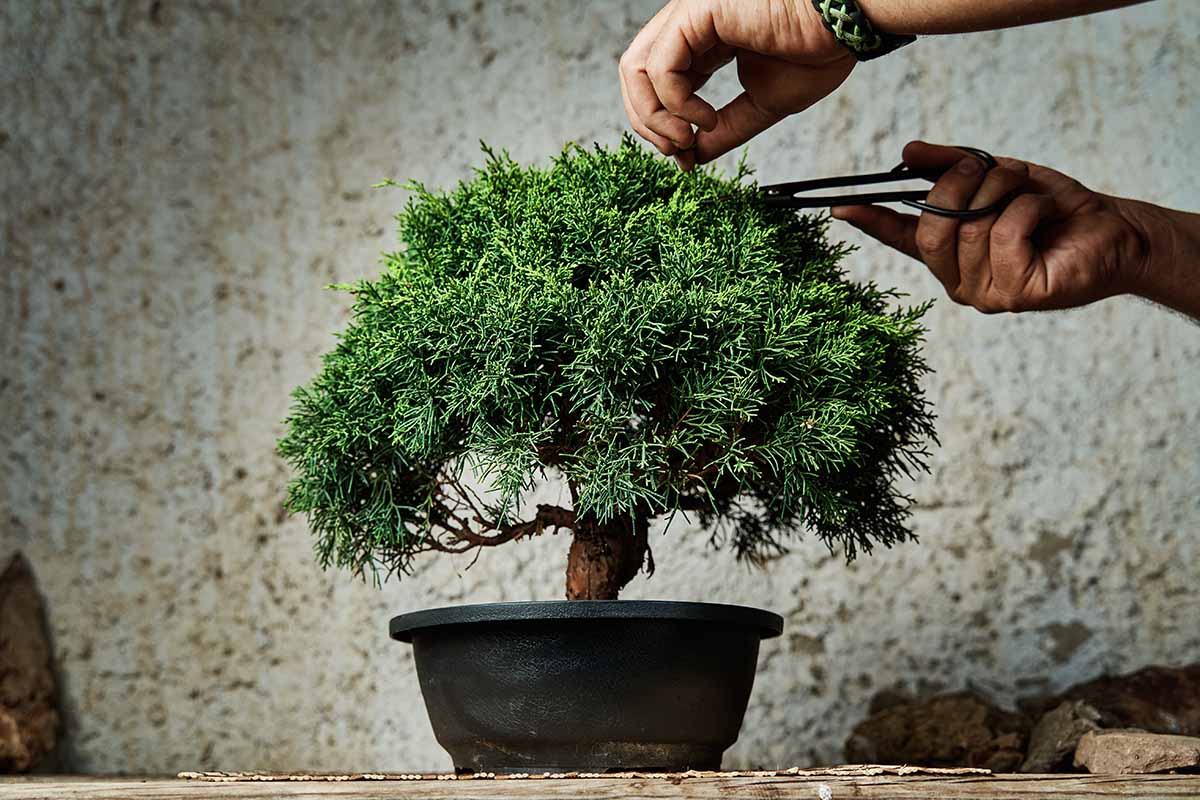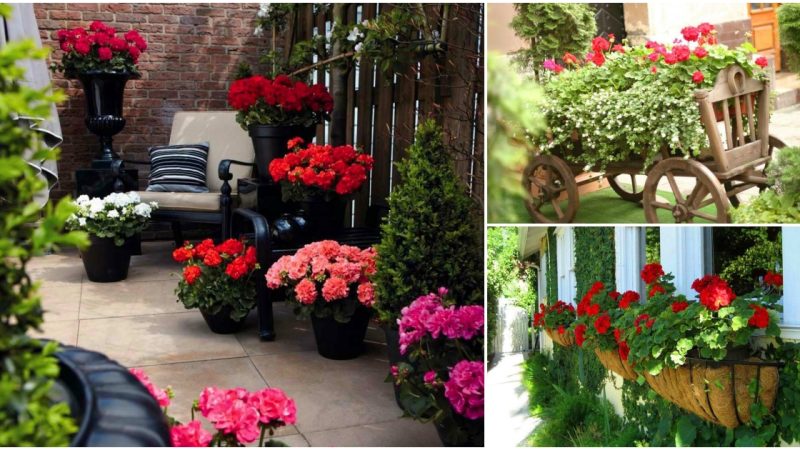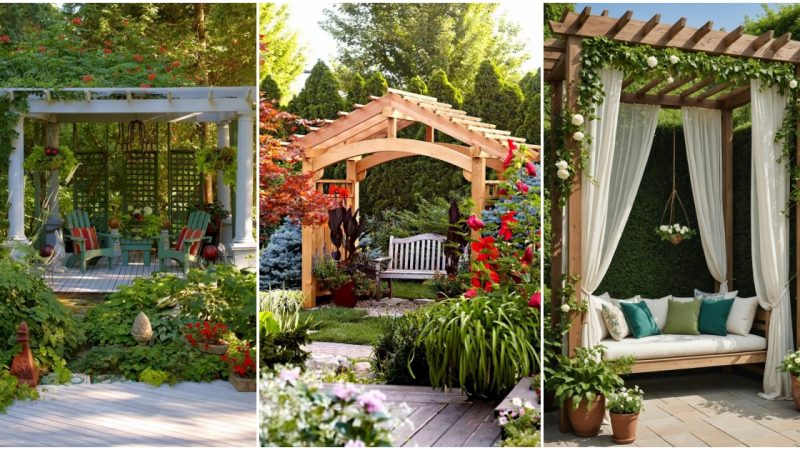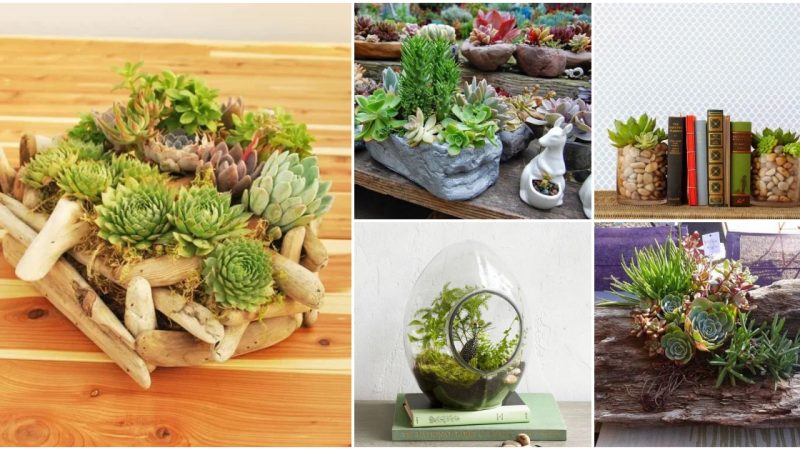The Art of Bonsai: Sculpting Nature into Unique Garden Beauties

Bonsai trees, with their enchanting and intricate forms, offer a captivating and distinctive touch to any garden. These miniature trees are more than just plants; they are living works of art, carefully sculpted to evoke a sense of wonder and intrigue.

Bonsai cultivation is an ancient horticultural art that originated in China over a thousand years ago before spreading to Japan and eventually gaining worldwide popularity. The term “bonsai” itself translates to “planted in a container” or “tray planting,” highlighting the essence of this art form – to create a miniature representation of nature within the confines of a small container.
One of the most compelling aspects of bonsai is the meticulous pruning and shaping that these trees undergo. It’s a labor of love that involves carefully training branches, controlling growth, and sculpting the tree’s overall shape to create a sense of balance, harmony, and aesthetic appeal. The goal is to mimic the appearance of mature, full-sized trees in a miniature form.

Each bonsai tree tells a unique story, with its shape reflecting the artist’s vision and inspiration. Some bonsai trees are designed to mimic ancient, weathered trees with gnarled trunks and windswept branches, while others exude elegance and grace with their delicate foliage and well-defined lines.
Bonsai enthusiasts, known as “bonsai artists” or “bonsai masters,” dedicate years, if not decades, to perfecting their craft. They work with a variety of tree species, each with its own characteristics and challenges. Popular choices include the elegant Japanese Maple, the rugged Pine, the graceful Juniper, and the symbolic Cherry Blossom, among others.

The art of bonsai is not limited to traditional styles. Artists often experiment with innovative designs, pushing the boundaries of creativity to create breathtaking and thought-provoking pieces. Some bonsai creations resemble mystical forests, while others capture the essence of a windswept mountain landscape.
Bonsai trees not only add aesthetic value to a garden but also serve as symbols of patience, resilience, and the enduring beauty of nature. They invite contemplation and reflection, reminding us of the profound interconnectedness between humans and the natural world.

Whether you are an experienced bonsai enthusiast or a beginner eager to explore this ancient art form, incorporating bonsai trees into your garden can breathe new life into your outdoor space. Each bonsai tree is a living testament to the power of human creativity and our ability to shape and nurture the natural world around us.
In conclusion, bonsai trees are more than just plants; they are living sculptures that infuse gardens with a sense of artistry and wonder. Through meticulous pruning and shaping, bonsai artists create miniature masterpieces that tell unique stories and evoke a range of emotions. The world of bonsai is a journey of exploration, where nature and human creativity intertwine to create something truly extraordinary.



